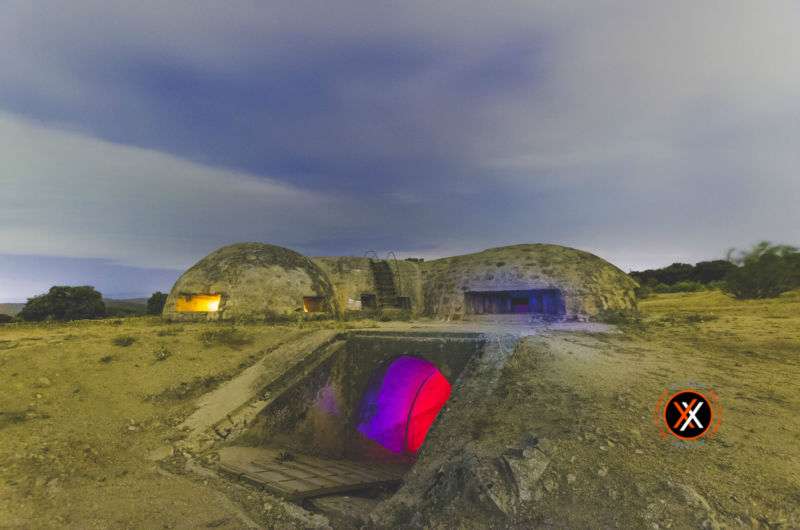
The digital hermitage: How “remote work” has changed over 20 years

As we look back on the past 20 years of Ars Technica from our “orbiting HQ,” one of the things we’ve gotten to witness firsthand is how the nature of working from home has changed. Today, everyone at Ars works from home—and actually, that’s how things have been since the very first post on the site’s forums.
These days many people work from home in some way, whether they want to or not. Smartphones and perpetual connectivity have pushed work life into our home lives, sometimes for the better and sometimes for the worse. (Thanks, Slack.) But when you work from home full-time, as I have for most of my adult life, it completely redefines the notion of work-life balance.
While I can’t and won’t speak for all of the Ars staff, I admit that it would be extremely difficult for me to return to working in a traditional office at this point. Though I’ve only been with Ars for the past seven years, I’ve been working from home in one form or another since 1990 (as a freelancer and side-gig tech consultant) and full-time since 1994. I have been through each stage of Internet connectivity, from dial-up to ISDN to DSL to cable broadband, and have the battle scars to prove it.
You could say my service as a Navy officer prepared me for working from home, since I lived at work. And after the Navy, I did work in bursts from home and had occasional “telecommutes” via dial-up Internet service. But my real adventure in home-based, Internet-enabled employment really began in 1994. That’s when I found myself with two very young kids to parent on my own and a mind-numbing daily commute to DC. When I was offered a job as a technology editor at InformationWeek, a weekly tech news magazine, my new boss, Julie Anderson, told me that she wanted me to work from home—because of the limited office space available at the National Press Building in Washington. The problem was, she wanted me to build out an enterprise review lab, and I was living in a basement two-bedroom apartment at the time (a place that my family now refers to as “The Pit”).
Working from home under these conditions did not exactly help my social life. Fortunately, in the pre-Internet dating days, I found my future wife with a personal ad in the Baltimore City Paper (pour one out for the late, great weekly alterna-paper). A persistent Internet connection allowed me to impress her early on by finding a banana-bread recipe with Alta Vista. And as our relationship accelerated rapidly, we moved into a row house. The InformationWeek lab suddenly moved from a basement apartment’s living room to a basement (at least when that was not also living space). This arrangement also led to some adventures in infrastructure management, but fortunately InformationWeek paid for part of my electric bill.
Of course, in retrospect, this arrangement made it impossible for me to ever take a full-time job where I had to physically show up somewhere other than across the hall from my bedroom every day forever. Every job I have held since then has had to accommodate me working from home in Baltimore a majority of the time. That has not always been an easy path.
Pioneering “broadband”
Network bandwidth—be it a private connection back to the corporate HQ or an Internet connection—has always been the throttling factor on work-from-home connectivity. Early on, when I was using Quark to drop articles onto the layout for a print magazine every week on a Mac PowerBook Duo over a 14.4 modem connection, I got a lot of coffee breaks. Switching to a dual ISDN connection made things a little simpler, and thankfully I wasn’t paying for those ISDN lines. When Bell Atlantic deigned to provide me with them, it did so with all the enthusiasm a regional Bell operating company could muster for something out of the ordinary for residential customers (which would be slightly above none).
Soon, along came the Telecommunications Act of 1996, and my friend (and Internet service provider) David Troy leaped into the Competitive Local Exchange Carrier (CLEC) business—and into Digital Subscriber Lines (DSL) through a partnership with Covad. With the prospect of a 1.1 megabit Internet connection at a fraction of what it was costing for ISDN, I was one of the first people in Baltimore to sign up for Symmetric DSL (SDSL).
Sadly, my story on InformationWeek about the experience (which I mentioned in an Ars 15-year retrospective) is now a dead link. But let’s just say it was not as advertised. At one point, I had a Covad van and a Bell Atlantic van in the alley behind my house with technicians from both companies arguing about who was responsible for my DSL not working.
Fortunately, my job at InformationWeek did not require perpetual connectivity. We had email, phone, and weekly deadlines. Once a week, I had to do a big file push of Quark CopyDesk files. But when I became managing editor of InformationWeek Labs in 1998, things got more interesting: my entire team was remote, and I was coordinating multiple deadlines.




